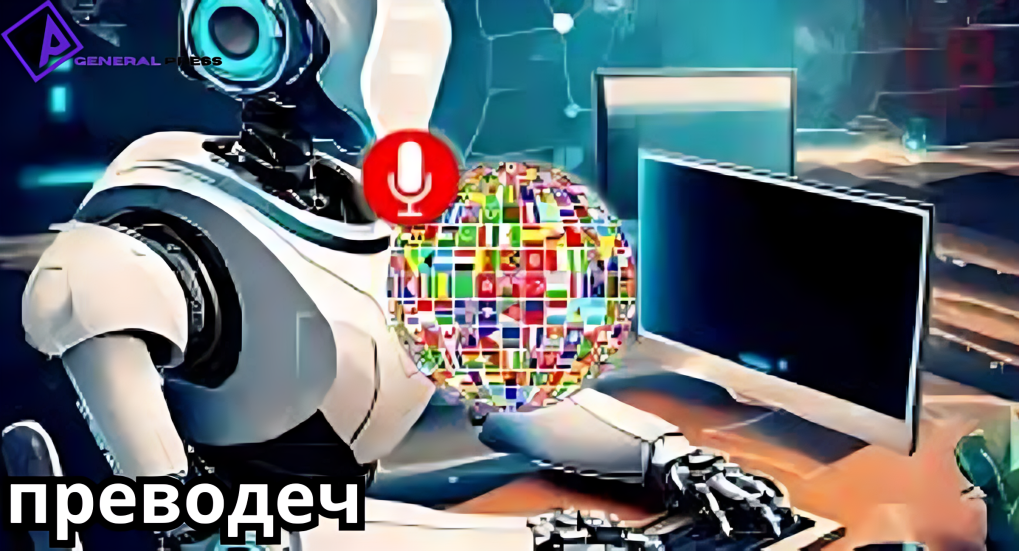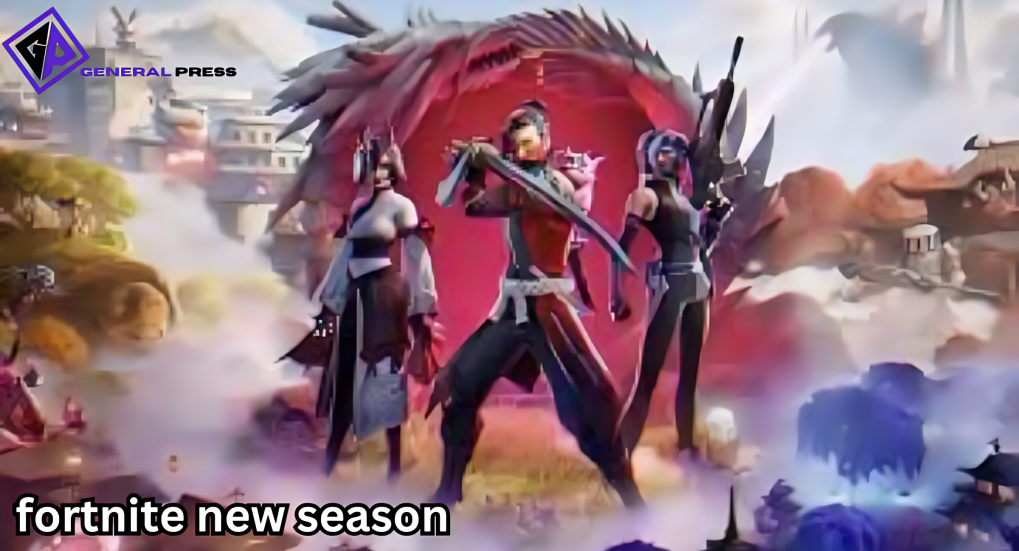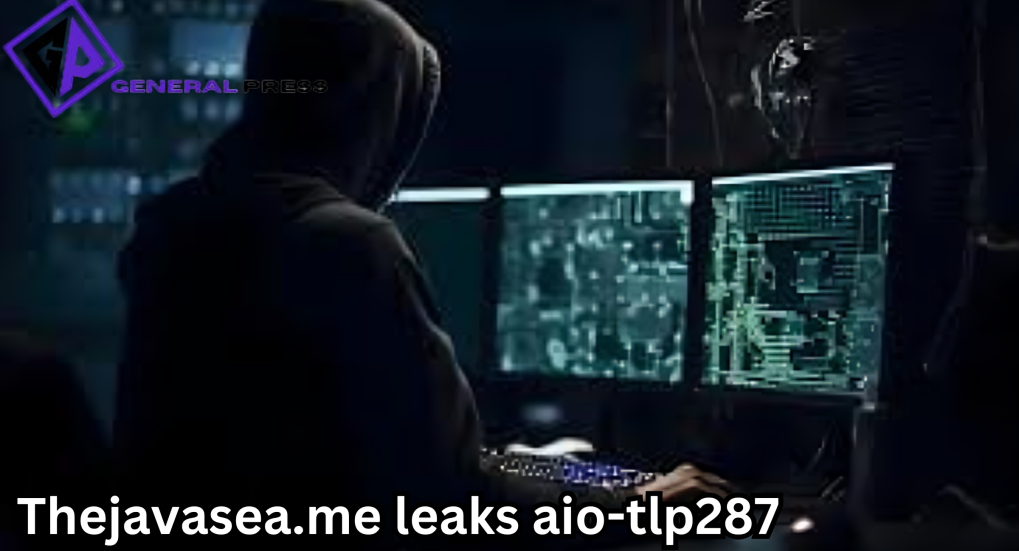In an increasingly interconnected world, the need for effective translation and interpretation is more significant than ever. The keyword “преводеч” (potentially derived from Slavic languages, meaning “translation” or “interpreter”) highlights the vital role of bridging linguistic and cultural divides. Whether in business, literature, or diplomacy, “преводеч” serves as the cornerstone of global communication.
The Essence of “Преводеч”
At its core, преводеч embodies the process of converting text or speech from one language to another. However, it goes beyond mere linguistic conversion. Translation requires a nuanced understanding of grammar, context, and cultural subtleties, ensuring that the original message is conveyed accurately and meaningfully. An effective translation preserves the tone, style, and intent of the source material, making it accessible to a new audience.
Interpretation, another dimension of “преводеч,” focuses on spoken language. It requires real-time processing of information, often under high-pressure conditions, such as international conferences or legal proceedings. Both translators and interpreters are vital in breaking down communication barriers and fostering mutual understanding.
Historical Significance of Translation
Also Read: Timeless Elegance of the 16mm Silk Shift Dress
The concept of “преводеч” has existed for millennia. Ancient civilizations, such as the Egyptians, Greeks, and Romans, relied on translators to exchange ideas and knowledge. The translation of religious texts, such as the Bible into Latin and later into vernacular languages, played a pivotal role in shaping societies. Similarly, during the Islamic Golden Age, scholars translated works of Greek philosophers into Arabic, preserving and expanding upon their ideas.
In modern times, translation has been instrumental in the dissemination of literature, science, and technology. Works like Leo Tolstoy’s War and Peace or Gabriel García Márquez’s One Hundred Years of Solitude have reached global audiences thanks to skilled translators. These efforts allow people from different cultures to connect through shared human experiences, broadening their horizons and fostering empathy.
The Role of Technology in “Преводеч”
With the rise of technology, the field of “преводеч” has undergone significant transformation. Machine translation tools like Google Translate, DeepL, and Microsoft Translator have made translation more accessible to the masses. These tools utilize advanced algorithms and artificial intelligence to provide instant translations, enabling users to navigate foreign languages with ease.
However, while technology has undoubtedly improved efficiency, it has not yet reached the level of human translators in terms of accuracy and cultural sensitivity. Machine translations often struggle with idiomatic expressions, regional dialects, and cultural nuances, leading to errors that can distort the intended meaning. This highlights the continued importance of human expertise in the field.
Challenges Faced by Translators and Interpreters
The practice of “преводеч” is not without its challenges. Translators often grapple with untranslatable words and phrases that lack direct equivalents in the target language. For example, the Japanese word “wabi-sabi” encapsulates a complex aesthetic philosophy that cannot be easily conveyed in a single English word. Translators must creatively interpret such terms while preserving their essence.
Interpreters, on the other hand, face the challenge of delivering accurate translations in real time. They must navigate accents, technical jargon, and cultural differences while maintaining the flow of communication. The stress of interpreting in high-stakes environments, such as legal trials or diplomatic negotiations, adds another layer of complexity.
The Ethical Dimensions of “Преводеч”
Ethics play a crucial role in the practice of “преводеч.” Translators and interpreters are entrusted with sensitive information, ranging from legal documents to personal conversations. They must adhere to principles of confidentiality, neutrality, and accuracy, ensuring that their work does not compromise the interests of any party.
Moreover, ethical dilemmas can arise when translating politically sensitive or controversial content. Translators must strike a balance between fidelity to the source material and the potential impact of their work on different audiences.
The Future of “Преводеч”
As globalization continues to accelerate, the demand for skilled translators and interpreters will only grow. The rise of multilingual digital content, international collaborations, and cross-border commerce underscores the importance of effective translation services.
Future advancements in artificial intelligence and machine learning are likely to enhance the capabilities of translation tools, making them more sophisticated and reliable. However, human translators and interpreters will remain indispensable for their ability to navigate cultural nuances and deliver contextually appropriate translations.
Additionally, the emphasis on preserving endangered languages highlights another critical aspect of “преводеч.” By translating texts into and from these languages, linguists can help maintain cultural heritage and promote linguistic diversity.
FAQ:
1. What is “Преводеч”?
“Преводеч” is a term that encapsulates both the art and the science of translation, with a special emphasis on its cultural, linguistic, and cognitive aspects. The term bridges various approaches to translation, offering insights into both the creative and analytical processes involved.
2. Who is the target audience for this site?
This website is intended for anyone interested in translation, whether you’re a professional translator, a linguist, a student, or simply curious about how language and culture interact. It caters to both those with a deep knowledge of translation as well as beginners in the field.
3. What can I expect to learn here?
You will explore the following topics:
- The history and evolution of translation practices.
- The cognitive processes involved in translation.
- The challenges and methodologies translators face.
- Cultural sensitivity and ethical considerations in translation.
- Practical tips for improving translation skills.
4. Is this website focused on a specific language or region?
While “Преводеч” touches on translation across various languages, it has a specific focus on Slavic languages, especially Bulgarian. However, the principles discussed are applicable to all language pairs.
5. Do you offer resources for aspiring translators?
Yes, the site includes a variety of resources such as:
- Articles on translation theory and practice.
- Links to educational courses and programs.
- Tools and tips for professional development.
- Case studies of real-world translation challenges.
Conclusion
“Преводеч” is more than a technical skill—it is an art form that bridges worlds and brings people closer together. From ancient manuscripts to modern digital platforms, translation and interpretation have been integral to human progress. While technology has introduced exciting possibilities, the human element remains irreplaceable in capturing the depth and richness of language.
As we look to the future, the practice of “преводеч” will continue to evolve, adapting to new challenges and opportunities. By embracing both technological innovations and the timeless principles of effective communication, the world will remain interconnected, one translation at a time.




